How does cross-linking of actin filaments aid in filopodia extension?
How does cross-linking of actin filaments aid in filopodia extension? Once nucleation has taken place, actin filaments begin to extend. This process is primarily facilitated by members of the formin family of proteins, however numerous other proteins also play important roles. In the ‘convergent [...]


